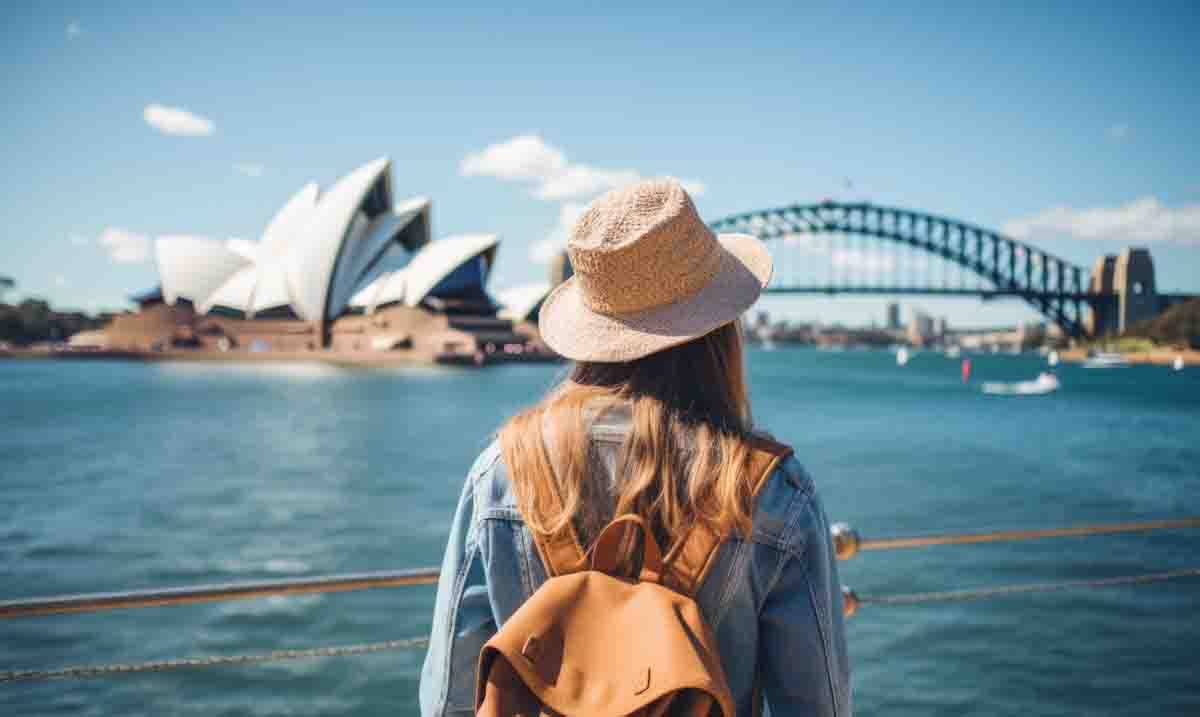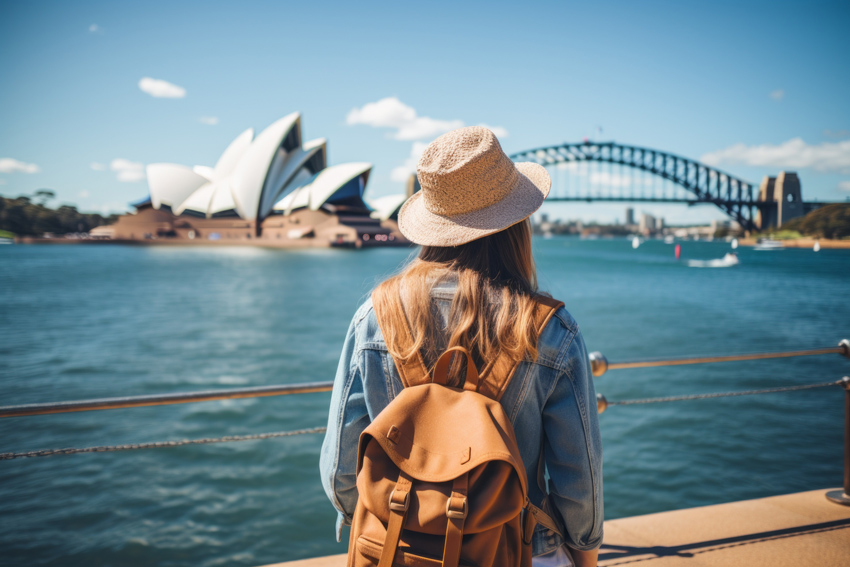
The NSW government has massively ramped up its expectations for the state’s ‘visitor’ economy, ushering millions more airline seats, thousands of hotel rooms and a focus on experience-led tourism.
This review of the NSW Visitor Economy Strategy will further cement tourism as a pillar of growth in the economy, resulting in up to 150,000 new jobs in the coming decade.
The visitor economy in NSW is already the largest in the country, achieving in FY24 a record $53 billion and employing almost 300,000 people.
Sydney is the nation’s top destination for overseas tourists, and was last week voted ‘Best City in the World’ at the Condè Nast Traveller UK’s 2024 Readers’ Choice Awards, which cited the NSW capital for its ‘unique, indoor-outdoor way of life’.
But Sydney lags behind Melbourne and the Gold Coast in attracting domestic travellers.
The NSW Visitor Economy Strategy 2030 had a growth target of $65 billion, however the review will see the Minns administration adopt a more ambitious goal of $91 billion in annual visitor economy expenditure by 2035, representing a 40 per cent increase.
This guides the NSW 2035 tourism plan, which found almost half ($44 billion, 48pc) of the revised target could be spent in regional communities. This is anticipated to provide a major economic windfall, although it’s said the quality of accommodation will need to improve to reap the rewards.
All of this growth will be underpinned by a potential increase of 8.5 million airline seats. This will be seen through activation of the new Newcastle Airport international terminal opening in 2025, the new Western Sydney International Airport opening in 2026, increased capacity at Sydney Airport and growth in arrivals through both Canberra and Gold Coast airports.
The government has already worked to boost capacity by supporting the recently announced Turkish Airlines route to Sydney Airport, providing a greater incentive for European travellers, and agreement to support more international routes through Newcastle.
Additional capacity will also put downward pressure on the cost of holidays for NSW families.
It’s anticipated the travel sector could develop itineraries combining drawcard Sydney attractions with regional experiences.
“From pristine beaches to lush national parks, NSW is an unbeatable hotspot for tourists across the globe,” stated NSW Premier Chris Minns.
In the June quarter Australian international visitor numbers remained below pre-COVID levels, but figures show a higher spend per person.
To meet the new goal, the review highlights challenges including:
- 40,000 more hotel rooms required, which is a 41 per cent increase on current levels
- Addressing significant worker and skills shortages in roles such as tour guides and chefs
- More business event facilities required in Sydney, western Sydney and priority regional areas
Beyond bolstering airports and accommodation capacity, pursuit of the new target comes recommending:
- Making the NSW Visitor Economy Strategy a government-wide focus
- Anchoring the Strategy around ‘experience tourism’
- Celebrating First Nations culture and businesses through authentic visitor experiences
- Leveraging leisure events to grow seasonal visitation
- Dominating Australia’s business events sector, through $1.5 million in increased funding for Business Events Sydney in FY25
- Fostering a diverse, skilled visitor economy workforce
“We are ready to put our shoulder to the wheel and attract even more travellers to NSW, boosting local business and creating thousands of jobs,” adds Minns.
A summary of the NSW Visitor Economy Strategy 2030 review is available here.

